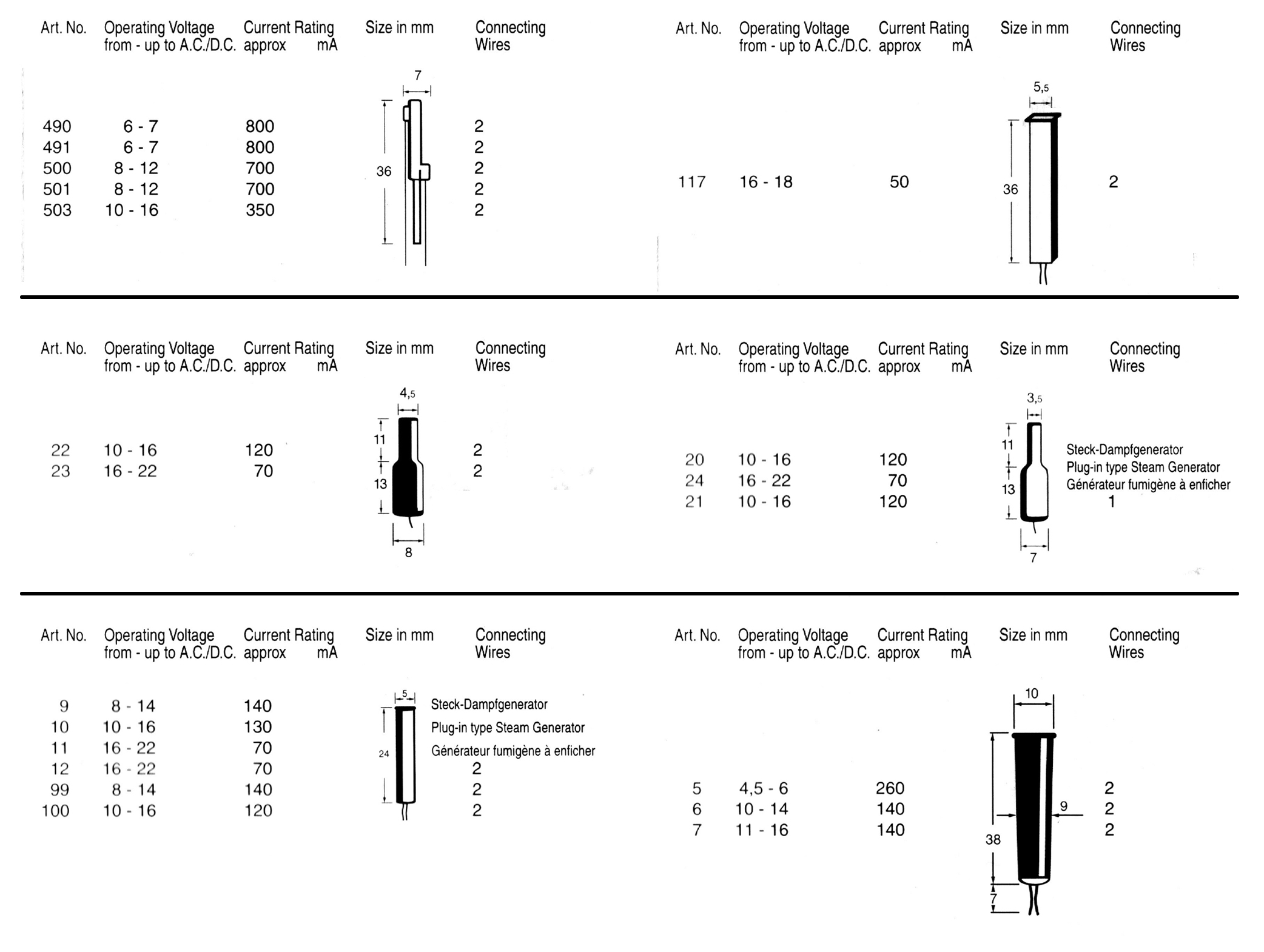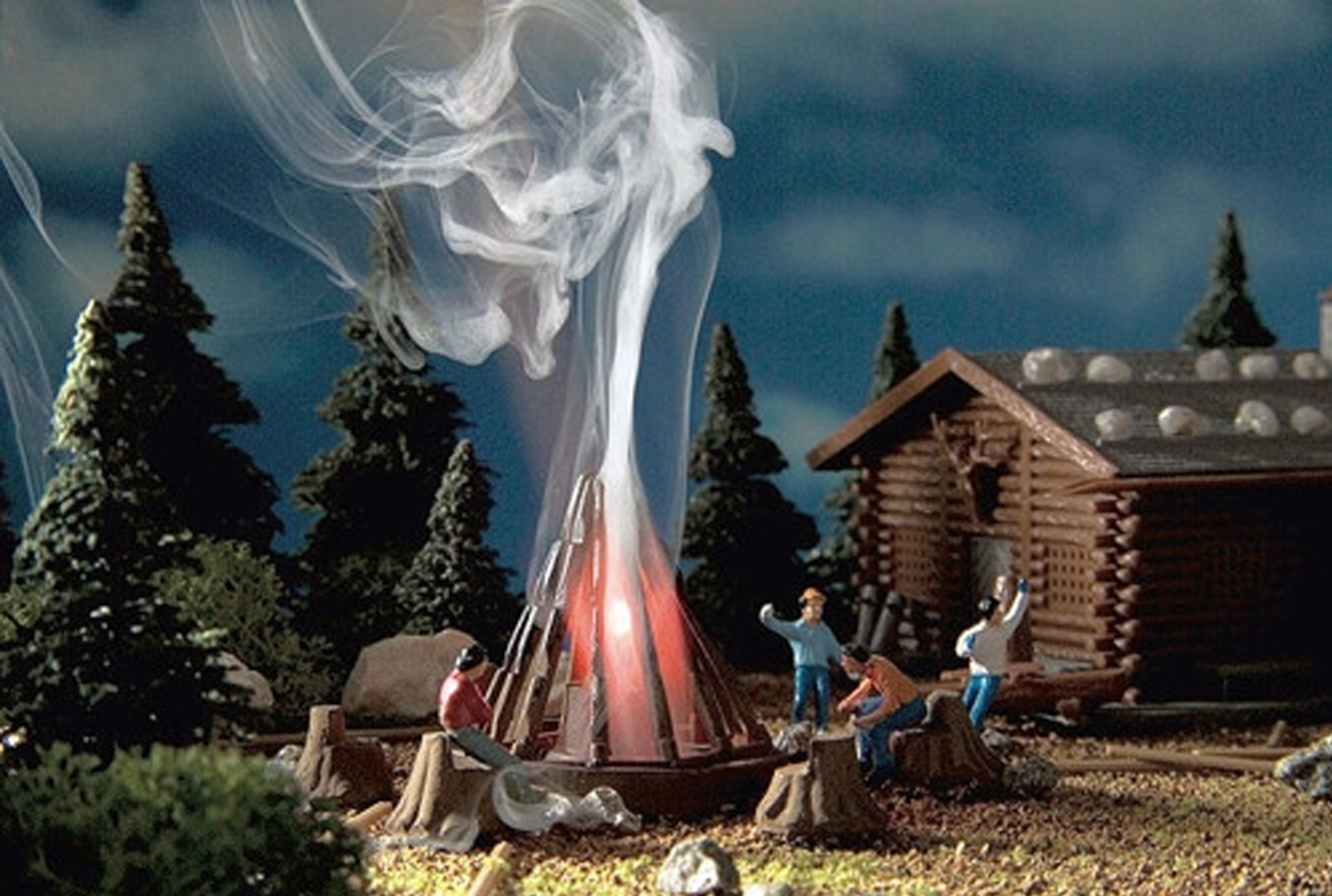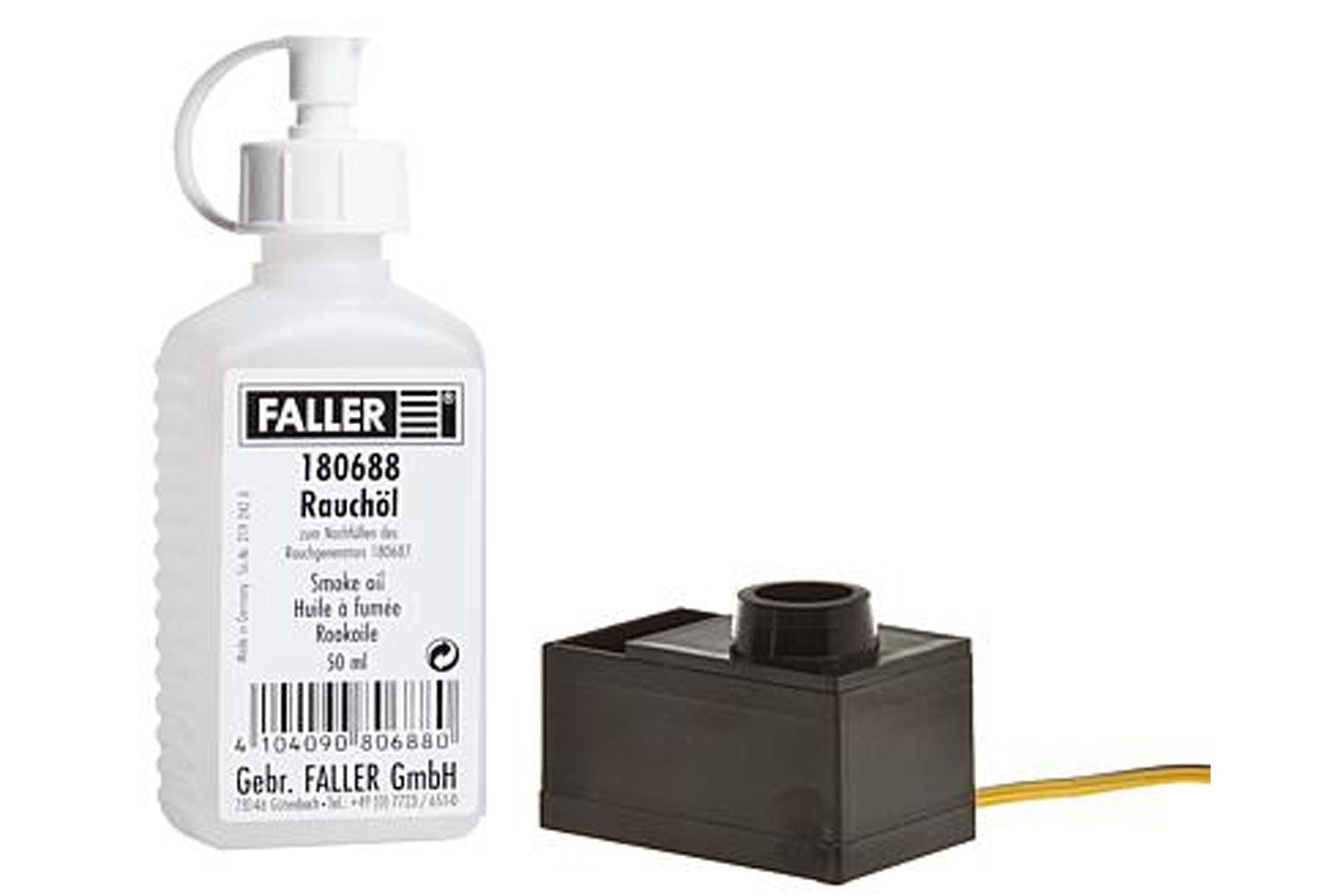

We’ve all seen them on layouts at exhibitions, YouTube, or in the magazines, but what actually are smoke generators? As the name suggests, they are modules that generate smoke; but there are different types of generators, depending on their use. Some are designed to be fitted to locomotives, some are used for scenic effects. Here we will look at what is produced, and where you can use them.

Through the advancement of digital control, many new features become available for both analogue and digital users. From automated signalling to scenic sound modules, our layouts and models have become alive with lights and sound and the sight and smell of smoke generators can sometimes be overlooked or missed, but they do add another layer of realism and are easy to install too.
Generally, there are two main areas of use for a smoke generator. The first is in a locomotive. This type of generator is used to generate smoke to simulate the steam from a locomotive chimney. The second is for scenic use. This could be a static steam roller, a building on fire, bonfire, anything that would produce smoke. Depending on the use, a different smoke unit would be employed. For this article we will look at the following scenarios: A moving steam locomotive, a buildings chimney, and a vehicle fire.

Firstly, let’s look at the steam locomotives. For this use, the Seuthe range of smoke units are perfect, as that is primarily what they are designed for. The first thing to do when looking at fitting one of these, is measure the space inside the locomotive chimney and then consult the Seuthe table of units:

The table above is invaluable in selecting which smoke unit you need. Part 2 of this article (coming soon) will look at fitting a Seuthe smoke unit to a locomotive, but for now all you would need to do is compare the size available in your locomotive and select the appropriate size generator to use. From here, you need to look across to the operating voltage. Generally, we would be looking at either 10–14v generators for Analogue Users, or 11–16v generators for DCC users. Once that is selected, just look across and see which generator you would need.
For building chimneys, again we turn to Seuthe. Seuthe No117 is a premade smoke generator, ready for installation and modelled as a chimney. Unfortunately, it is only available in OO/HO Scale, this unit does however make it easy to add to any relevant building. For smaller or larger scales, a standard locomotive generator, for example a 22, could be employed. For larger industrial chimneys, a larger unit could be used, but these would need to be measured to obtain a good fit.

Campfires, vehicle fires, and other areas where a roaring fire would be required, the Faller smoke generator would be your go to. These smoke units come pre-mounted into a well. This unit is designed to be mounted with the small hole under the area smoke is required.
The larger hole is used as a filling point and can be hidden or covered with scenery in between fills. This unit holds a lot more oil than a regular unit, making it perfect for scenic areas. This style of generator has also been used to create a foggy look around haunted houses for example the Haunted House kit from Noch.

If the size of shape of the Faller unit does not work in the area required, Seuthe No503 to be installed in your own storage tank, this one is harder to install, and not advised for a first-time user of smoke units, but when you are happy to build something yourself, this is another handy little unit.
Coming Soon: Parts 2 and 3. Keep an eye out for the following parts of this three-part series in which I will have a look at installing a smoke unit into a Hornby locomotive and installing units into buildings and surrounding scenes.